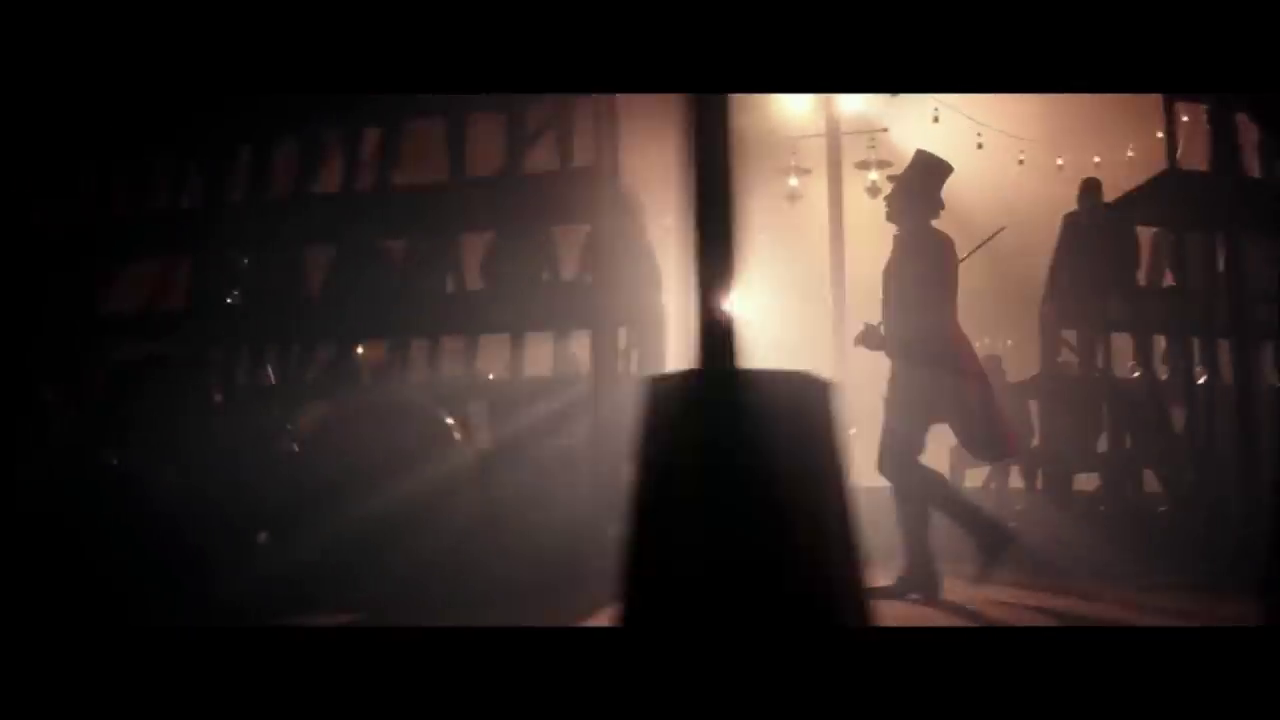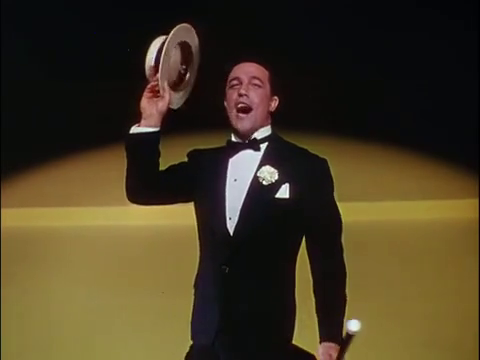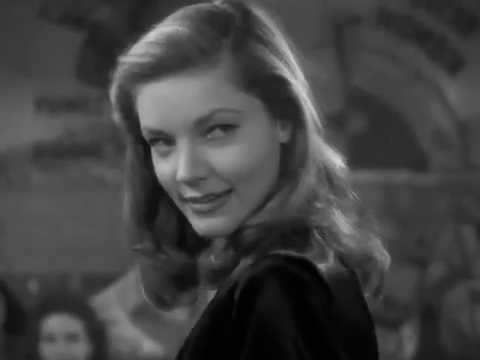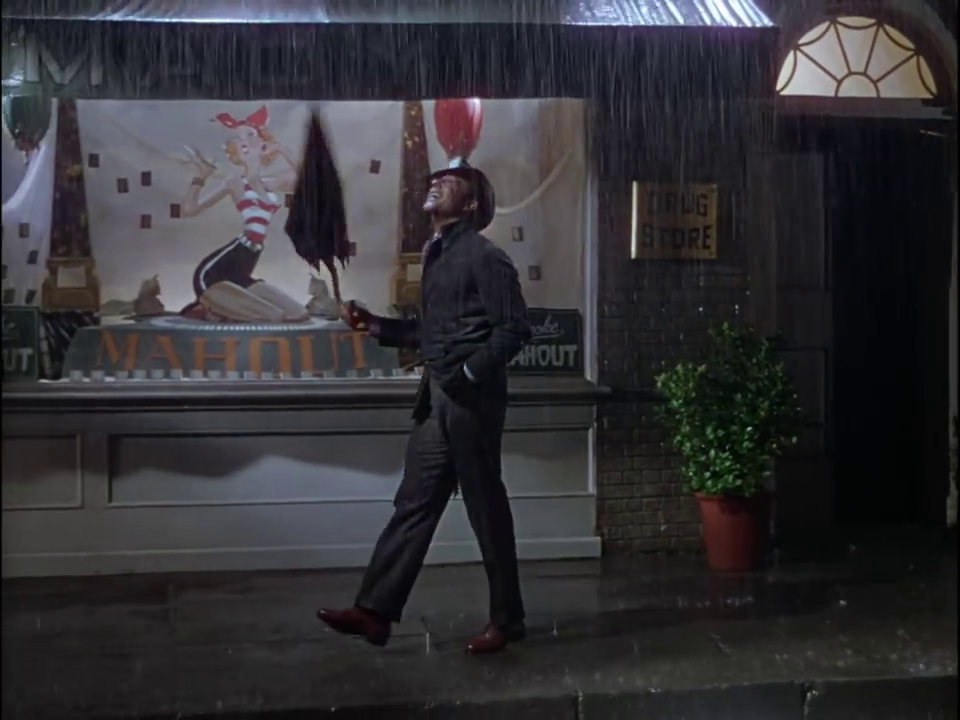The Overtones
“What takes place in acoustics, and particularly in the case of instrumental music, fully corresponds with this.
There, along with the vibration of a basic dominant tone, comes a whole series of similar vibrations, which are called overtones and undertones. Their impacts against each other, their impacts with the basic tone, and so on, envelop the basic tone in a whole host of secondary vibrations. If in acoustics these collateral vibrations become merely “disturbing” elements, these same vibrations in music-in composition, become one of the most significant means for affect by the experimental composers of our century, such as Debussy and Scriabin.
(Sergei Mikhailovich Eisenstein – The fourth dimension – )
The de-anecdotalization principle is (clearly) fundamental to OCTOBER. The working theory of ‘overtones’ can literally be reduced to a single proposition. Didactically, in explaining the principles of OCTOBER, it’s useful and essential, as a development of those principles, to explain the groping stage as well; for OCTOBER remains essentially a model of a two-level solution: de-anecdotalization is, in fact, a ‘fragment of tomorrow’, that is, the premise of the work to follow: [CAPITAL].
Sergei Eisenstein, Maciej Sliwowski, Jay Leyda and Annette MichelsonNotes for a Film of Capital
“My hope in this paper is to make silences speak to reach a level of cognition . I attempt this partly because it is perhaps here where we may find the fabrics for a meaningful dialogue. Let me explain it in another way: in how waves work and how nodal points come about. When two competing musical waves come in contact they produce a new sound, and correspondingly, moments of silence. We know this in our own personal experience when we try to angle a speaker in our rooms to get maximum sound. We also suppose that at some location in the room there will be very little or no sound. It does not mean there is no sound at all but that sound is intelligible from that position . The nodal point where the space of silence is located is where we fu1d interesting stories. I also believe that these points of silence have existed throughout histories and throughout cultures.”
Teshome H. Gabriel–Ruin and The Other Towards a Language of Memo
“Like other such moments (for example, Meet Me in St Louis’s Halloween sequence), the ham radio scene is, in Freud’s words. a “nodal point. “At that site , multiple pathways converge.”
All of these paths (and innumerable others) are simultaneously available to a viewer struggling to make sense of what she sees. The speed of that sense-making renders it invisible; the Irrational Enlargement game alerts us to its having occurred”
Robert B. Ray — Invention Finds a Method
What are these Overtones?
- In sound theory and acoustics, the overtone is a term generally applied to any higher frequency standing wave.
- In visual arts, the overtones are often referred to as consequential resonances to the medium defined either by a left impression (the after taste), or a non-disclosed bias (sort of a metaphor).

A system that vibrates at some natural frequency is subjected to external vibrations of the same frequency, and as a result, the system is said to resonate at these other frequencies.

An Internal Dialogue

The overtones increase or decrease in amplitude. The total harmonic content of a perceived carries additional information about the, characteristics of the sound to which we unconsciously react (the material, the medium, the environment, the string type, the size, the texture, the pressure applied to the fretboard, even the crack on the front that has been there ever since the guitar was dropped back in college).
Perception
Humans assemble sequences of notes internally (into small chords) and compare them unconsciously to form a critical impression, rating this contrast as harmonic (consonant) or dissonant. The relationship between the overtones and the fundamental can also be rated consonant or dissonant.

The Fundamental and the Overtones,
An Impure and Intimate Relationship

The fundamental sometimes can heard, even when there is no apparent source or component of that frequency. This perception is due to the brain interpreting repetition patterns that are present.
It is now widely accepted that the brain processes the information present in the overtones to calculate the fundamental frequency (the missing fundamental – Wikipedia).
“We find the same thing in optics, as well. All sorts of aberrations, distortions, and other defects, which can be remedied by systems of lenses, can also be taken into account compositionally, providing a whole series of definite compositional effects (employing lens-openings from 28 to 3 1 0). In combinations which exploit these collateral vibrations which is nothing less than the filmed material itself-we can achieve, completely analogous with music, the visual overtonal complex of the shot”
Sergei Mikhailovich Eisenstein – The fourth dimension
Image and Thought
“The brushwork is juicy and brusque: filling in the shapes, fussing with the edges. But the forms are weightless, more like thoughts than like images. You don’t look at the picture so much as launch yourself into its trackless empyrean. Beyond its obvious design flair, the work looks easy because it is. ”
Peter Schjeldahl referring to “Black the Square” an iconic painting by Kazimir Malevich
A Square or a Circle?
What make an impression possible? Are the canvas, the frame rate, the paint, the light, the medium… etc. Part of a fundamental? A basic image?

Silent Overtones
The Third Meaning
Three Levels of meaning
- Informational – obvious meaning
- Symbolic – obvious meaning
- The third meaning – obtuse meaning

The Third Meaning

“I believe that the obtuse meaning carries a certain emotion. Caught up in the disguise, such emotion is never sticky, it is an emotion which simply designates what one loves, what one wants to defend: an emotion-value, an evaluation”
“First and foremost, obtuse meaning is discontinuous, indifferent to the story and to the obvious meaning (as signification of the story). This dissociation has a de-naturing or at least a distancing effect with regard to the referent (to ‘reality’ as nature, the realist instance). “
(Roland Barth in his Essay “The Third Meaning”)
The Fourth Dimension
A circle? An equation of two unknown quantities? A dog chasing its tail? No, this is simply an exact definition of a film law. A fact. If we have even a sequence of montage pieces:
A gray old man,
A gray old woman,
A white horse,
A snow-covered roof,
we are still far from certain whether this sequence is working towards a dominating indication of “old age” or of “whiteness.” Such a sequence of shots might proceed for some time before we finally discover that guiding-shot which immediately “christens” the whole sequence in one “direction” or another.
(Sergei Mikhailovich Eisenstein – The fourth dimension)
The Fourth Dimension

The use of the notion of the overtone develops at a particular stage in the extension and radicalization of Eisenstein’s theory and practice of montage, that of work on The General Line (retitled The Old and the New), described in Eisenstein’s essay, “The Filmic Fourth Dimension” as” the first film edited on the principle of the visual Overtone. The montage of Old and New is constructed with this particular method. This montage is built, not on particular dominants, but takes as its guide the total stimulation through all stimuli. That is the original montage complex within the shot, arising from the collision and combination of the individual stimuli inherent in it.
The Fourth Dimension
“For example: the sex appeal of a beautiful American heroine-star is attended by many stimuli: of texture-from the material of her gown; of light-from the balanced and emphatic lighting of her figure; of racial-national (positive for an American audience: “a native American type,” or negative: “colonizer-oppressor” for a Negro or Chinese audience); of social-class, etc. (all brought together in an iron-bound unity of its reflex-physiological essence). In a word, the central stimulus (let it be, for instance, sexual as in our example) is attended always by a whole complex of secondary stimuli.
(Sergei Mikhailovich Eisenstein – The fourth dimension)

The Old and the New
Scene: “The Bride”
Source: “The General Line”
Example of “The Overtonal Montage”
Where am I?
- What happened? How did I get here? Where am I? What is it about a city that I remember?
- Is it the wind the view, the air quality, the colors, the smell, the streets, the activities, the relationships, the job, the food, the spiritual connection?
- Why is it that when I think about a city, I often think of one thing? And when I see that thing? why does everything else vanish?
“Men can see nothing around them that is not their own image; everything speaks to them of themselves. Their very landscape is alive.” (Karl Marx)









0 Comments